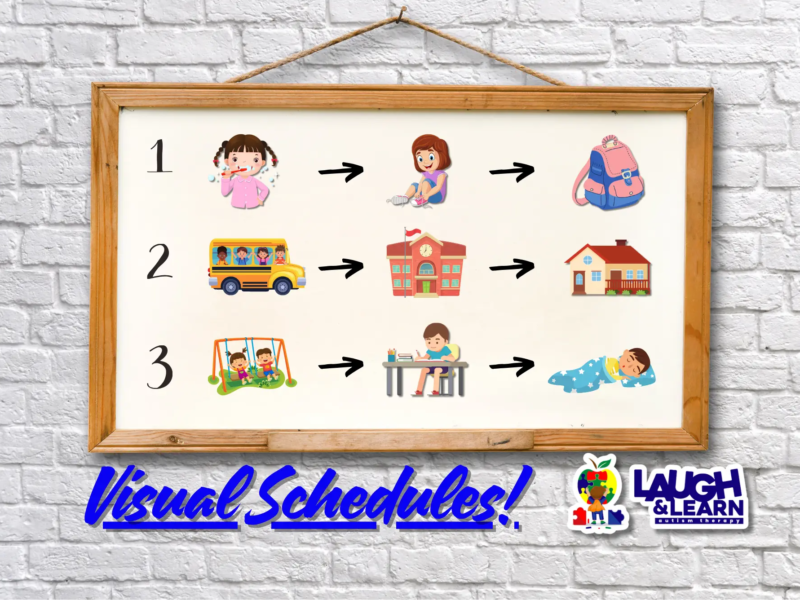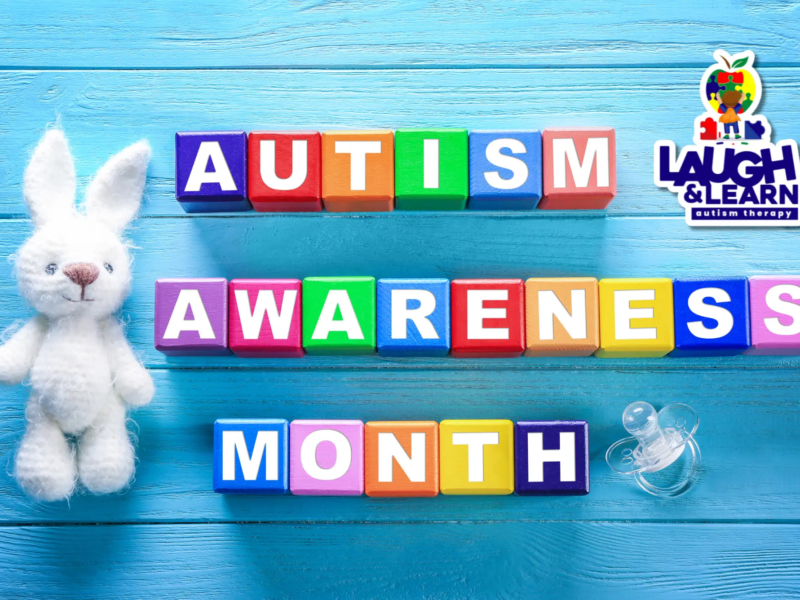Thanksgiving Tips for Parents of Children with Autism
Thanksgiving is a time for gratitude, family gatherings, and delicious feasts. However, for parents of children with autism spectrum disorder (ASD), navigating the holiday season, especially Thanksgiving, can present unique challenges. The combination of social gatherings, changes in routine, and sensory stimuli might be overwhelming for individuals with ASD. To help make this Thanksgiving more enjoyable for everyone, here are some tips and strategies:
1. Prepare and Plan Ahead:
- Visual Schedules: Create visual schedules or social stories detailing the Thanksgiving day’s events. This helps children understand what to expect, reducing anxiety about the changes in routine.
- Practice New Foods: If your child is sensitive to certain textures or tastes, introduce Thanksgiving foods beforehand to familiarize them and reduce anxiety during the meal.
2. Sensory Considerations:
- Quiet Space: Designate a quiet, calming space where your child can retreat if the festivities become overwhelming. This space should include sensory-friendly items like noise-canceling headphones or fidget toys.
- Clothing Choices: Dress your child in comfortable clothing that accommodates their sensory needs. Consider seamless clothing or familiar outfits to prevent discomfort.
3. Communicate and Educate:
- Inform Family and Guests: Share information about your child’s needs and sensitivities with family and guests beforehand. Educate them about the importance of maintaining a calm and understanding environment.
- Teach Social Skills: Prepare your child for social interactions by practicing greetings or conversations they might have during the gathering. Role-play scenarios to help them feel more confident.
4. Maintain Routines and Flexibility:
- Stick to Routines: Try to maintain your child’s regular routines as much as possible. If there are changes, communicate them in advance and gradually adjust the schedule.
- Be Flexible: Understand that unexpected changes might occur, and it’s okay to adapt. Have a backup plan in case things don’t go as expected.
5. Engage in Preferred Activities:
- Bring Comfort Items: Allow your child to bring their comfort items or favorite toys to the gathering. These items can provide a sense of security.
- Preferred Activities: Incorporate activities your child enjoys into the Thanksgiving celebration. This could be playing with a favorite toy, engaging in a preferred game, or watching a familiar movie.
6. Practice Self-Care:
- Take Breaks: Remember to take breaks yourself if needed. Managing the holiday season can be overwhelming, so find moments to recharge.
- Seek Support: Reach out to friends, support groups, or online communities for guidance and encouragement. Share experiences and tips with other parents in similar situations.
Thanksgiving can be a joyful and rewarding time for families, including those with children on the autism spectrum. By implementing these strategies and fostering a supportive and understanding environment, parents can help their children with ASD enjoy and participate in the holiday festivities while feeling comfortable and included.
Check out this article from Autism Speaks on more helpful tips for creating an autism-friendly Thanksgiving!



